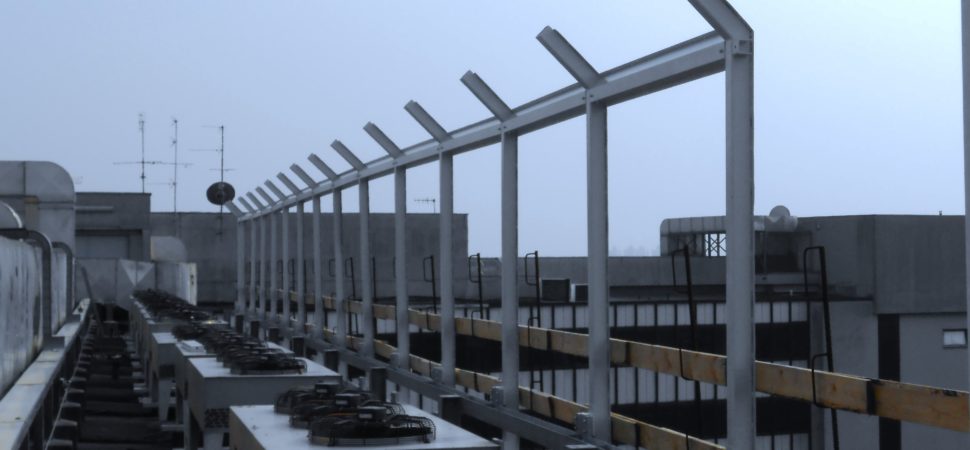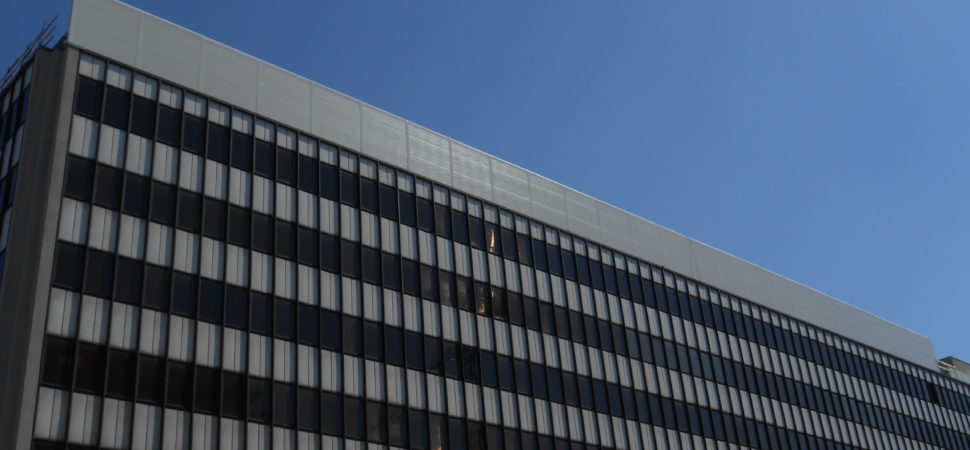


Noise produced by cooling units on the roof of a building.
| Territory use destination class | Times of reference | |
|---|---|---|
| Day (6.00-22.00) |
Night (22.00-6.00) |
|
| CLASS IV areas destined predominantly for residential use |
60dB |
50dB |
| Territory use destination class | Times of reference | |
|---|---|---|
| Day (6.00-22.00) |
Night (22.00-6.00) |
|
| CLASS IV areas destined predominantly for residential use |
65dB |
55dB |
| Territory use destination class | Times of reference | |
|---|---|---|
| Day (6.00-22.00) |
Night (22.00-6.00) |
|
| Living areas with windows open |
50dB |
40dB |
| Territory use destination class | Times of reference | |
|---|---|---|
| Day (6.00-22.00) |
Night (22.00-6.00) |
|
| Living areas with windows closed |
35dB |
25dB |
After the inspection, 2 Zeta engineers identified and presented the customer with the most appropriate solution, identified as an acoustic barrier, presenting a project description, the intervention and a calculation of the necessary economic investment.
The peculiarity of the barrier identified as a solution is that it is 26m high from the ground floor.
After a careful structural, static and wind pressure calculation to verify the stresses that the barrier can undergo, a solid and robust, time-resistant structure has been installed to support the weight of the panels and the stresses.
Paneling with a thickness of 100 mm was chosen, with diversified density to adequately absorb the sound waves.
We have achieved compliance with the zoning limits of the City of Milan for night emissions of 50 dB(A)